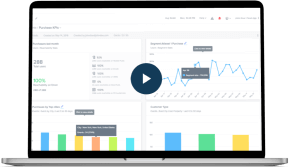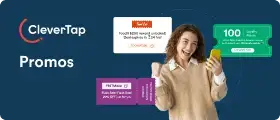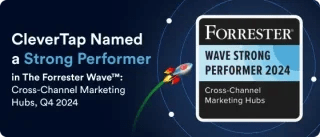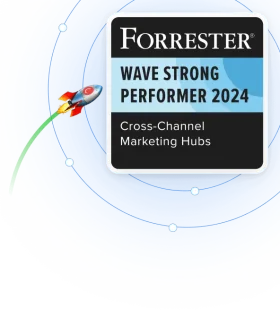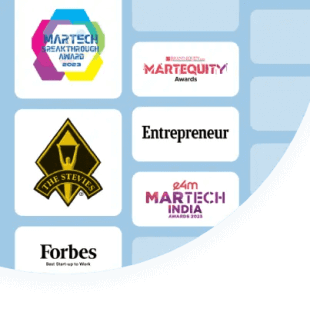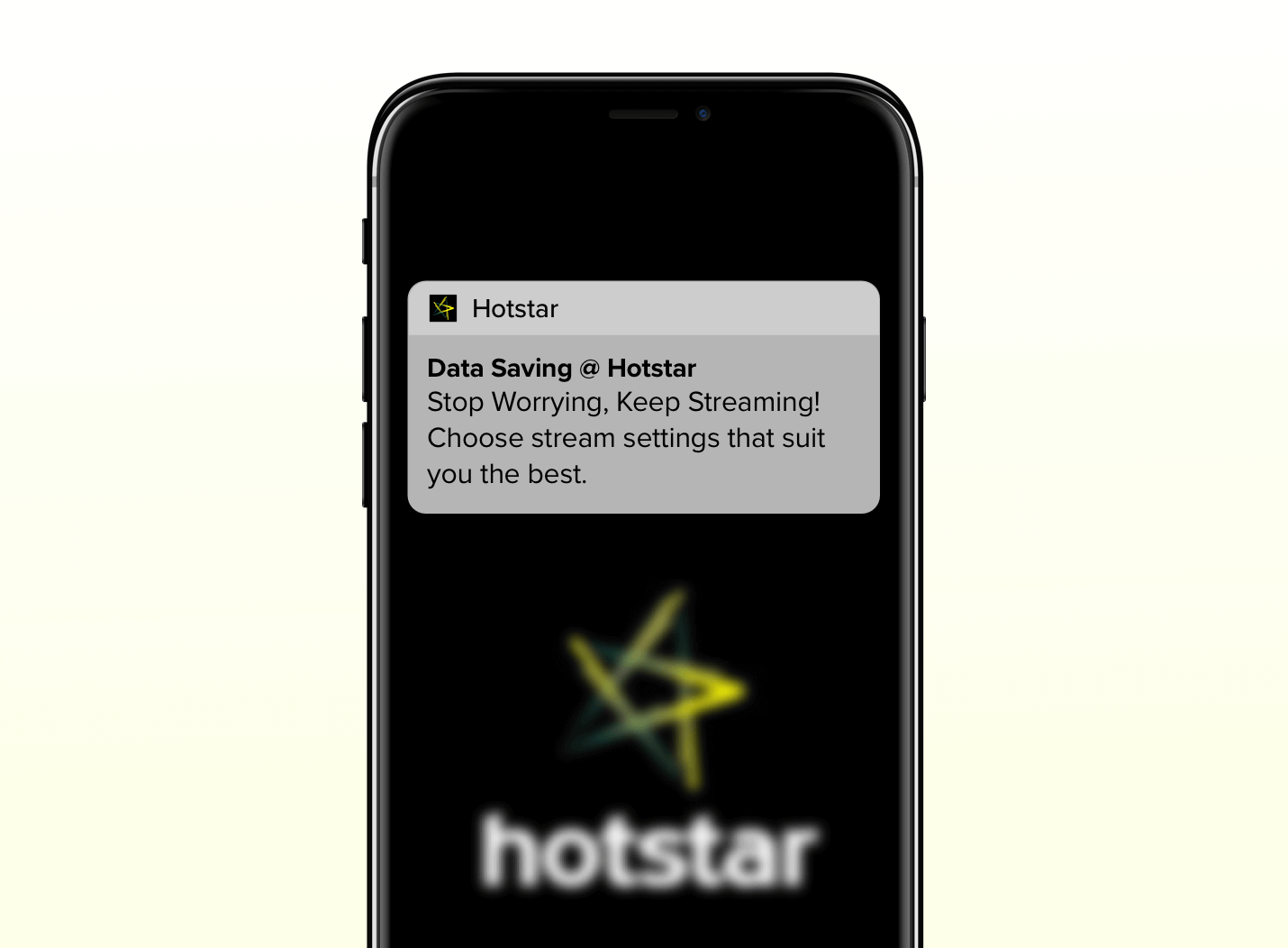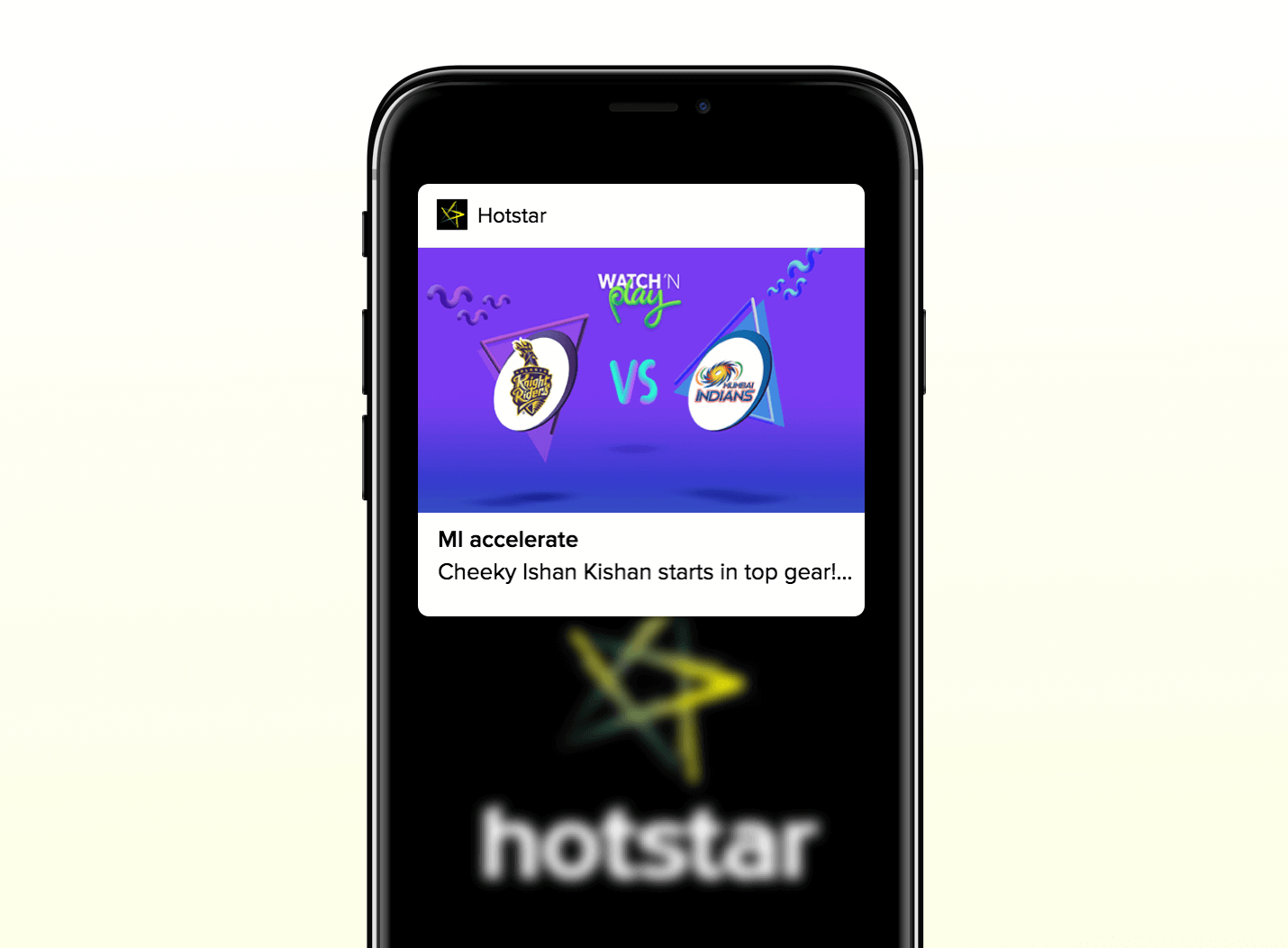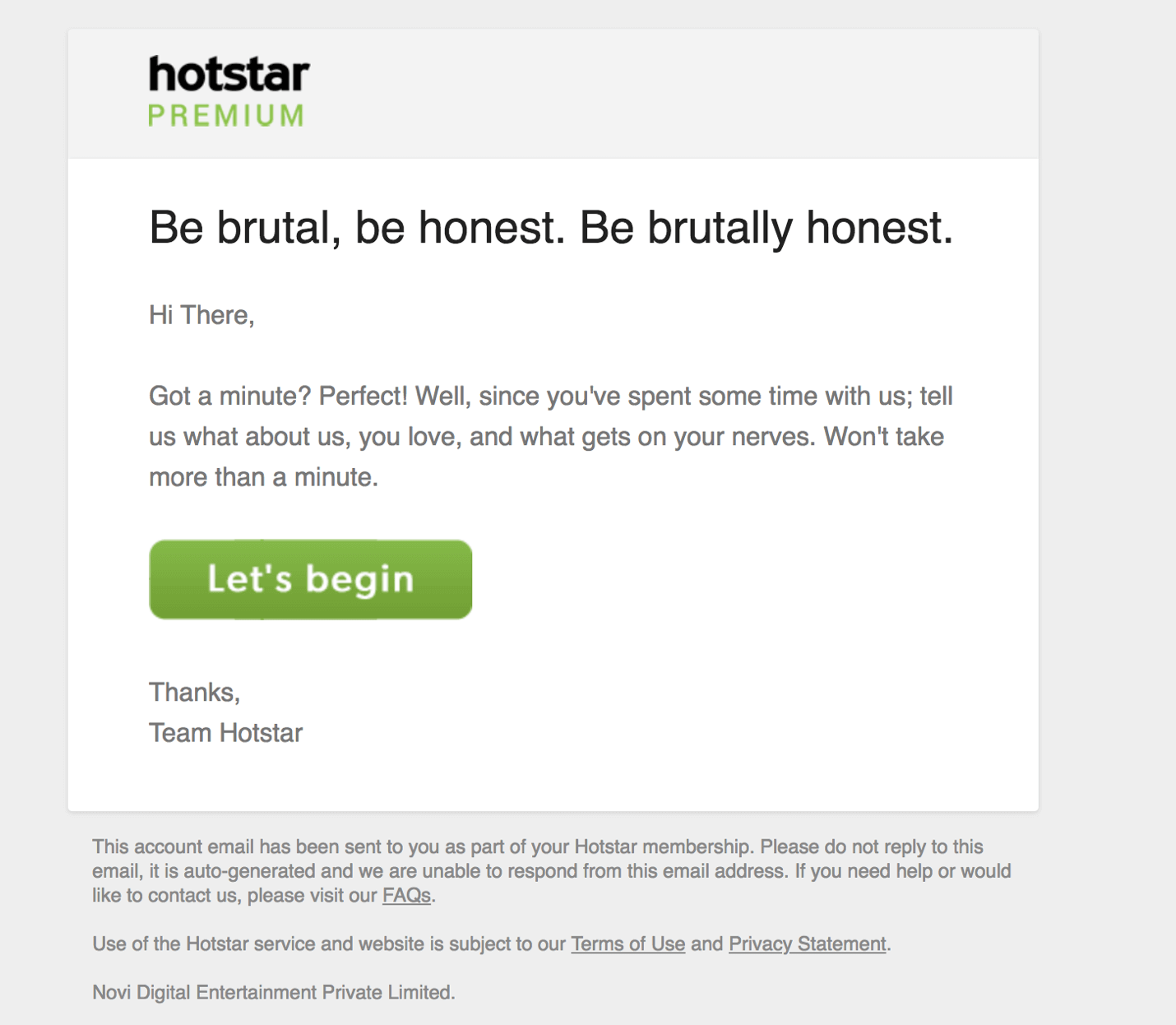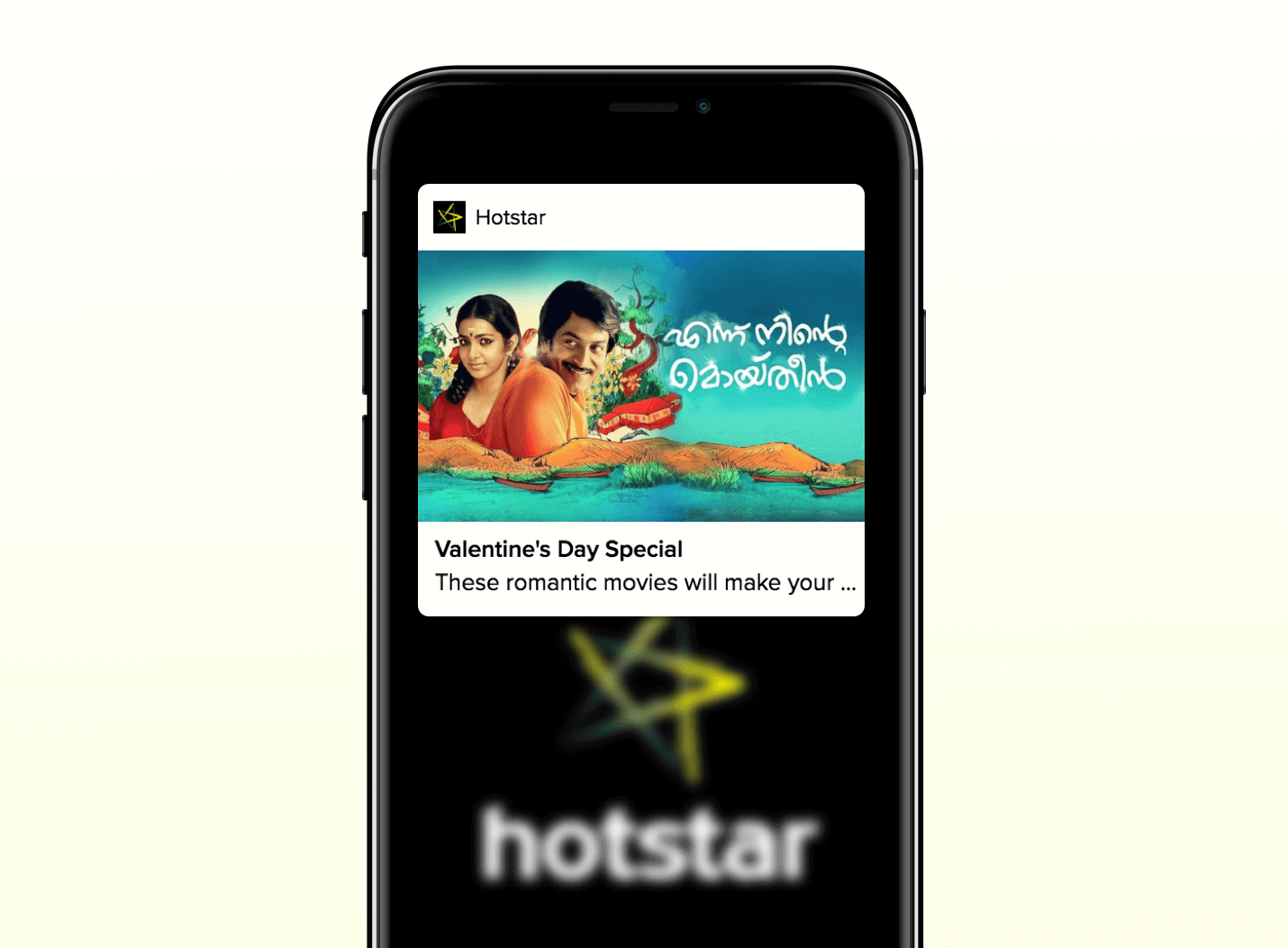Fuelled by increased internet access and falling data costs, digital content consumption trends have changed dramatically over the last few years. The number of viewers who prefer consuming content on TV versus mobile devices has plummeted from 52% to 23%. This signals a massive transition to on-demand, online channels across devices.1
With the rise of global media OTT players like Netflix, Amazon Prime Video, and Hulu, traditional network operators have been striving to break new ground with VoD OTT offerings of their own. Hotstar is one subscription-based OTT player that has taken the market by storm to emerge as a pioneer in this competitive space.
As part of our ongoing series on mobile growth, we recently spoke to Mihir Shah, VP of Product & Marketing Growth at Hotstar.
With a library of over 50,000 hours of TV, movies, and live sports coverage, Hotstar focuses on providing their 100 million+ users with an excellent viewing experience. And they also give advertisers the optimal platform for reaching their target audience. With 137 million downloads in Q1 2017 alone, Hotstar is the most-downloaded app in India.
Hi, Mihir. It’s a pleasure to speak with you. Insights into Hotstar’s tremendous growth will be a great help to the larger app marketing community, so thank you for sharing them! We are seeing tremendous user adoption in the OTT space. Where do you see it headed?
The OTT space has witnessed incredible growth over the last few years and it only promises to gain greater momentum moving forward.
Hotstar is scaling to cater to the diverse content demands of an evolving user base. The objective is to establish a clear understanding of user personas, behaviors, and consumption patterns in order to deliver differentiated customer experiences.
Say a user in Bangalore has been watching football, the latest English language TV shows, and some regional films. We need to contextualize our communication across mobile marketing channels to offer him the video content he wants to consume at just the right time. This is the key to building greater platform loyalty and eventually nudging users to sign up for a subscription.
The rapid transition of content consumption from traditional channels like TV to mobile devices underlines the fact that customers now control what they consume, when, and how. We believe that future OTT success will hinge on bridging the gap between quality, personalized content, and a seamless user experience.
Sounds exciting! Before we get into the nuances of your growth strategy, why don’t you give us a brief explanation of your role and the KPIs your team owns.
I manage the product and marketing growth team here at Hotstar. My key north star KPI is platform watch time. When you break that primary KPI down, our secondary KPIs include MAUs, bounce rates, number of titles watched, time spent per title, and frequency of visits.
In today’s hyper-competitive market where building brand loyalty is so difficult, the challenge is twofold. Firstly, our user acquisition is centered around major themes like big-ticket live sporting events, the latest season of a genre-defining TV series, or a blockbuster movie.
Secondly, all these users acquired at scale need to be exposed to our breadth of content along the user lifecycle to drive platform stickiness. We focus on a thoughtfully tailored product experience along with personalized and timely communication strategies to move them from casual appointment-based viewers to product loyalists. Factor in the fact that all these omni-channel campaigns have to be executed at scale, and our growth strategy and metrics assume even greater significance.
That’s interesting. Can you shed some light on the immediate marketing challenges Hotstar’s rapid user growth brought with it?
As I mentioned, striking the right balance between user acquisition and retention is a tightrope walk. I’ll highlight a few major challenges of rapid growth:
- Getting sports users to sample entertainment
Big ticket sports events are the biggest acquisition drivers for Hotstar. These include IPL, Wimbledon, Premier League, and more. Users acquired by sports tend to believe Hotstar is just for sports and as soon as the event is over, these users uninstall the app.
We spend millions of dollars to acquire these users at scale and letting them go at the end of a one or two month event is very expensive. It becomes a great product and marketing challenge for us to expose these users to the breadth of entertainment content on our platform while we have their attention. - Turning freemium users into premium subscribers
For any OTT player, the proof in the pudding lies in monetization. Our revenue comes from two models — AVOD (or Advertisement Video on Demand) which comprises of free users, and SVOD (or Subscription Video on Demand) which comprises of paying subscribers.
In case of the AVOD subscribers, revenue comes from video advertising in the form of pre-roll, mid-roll, post-roll, text ads, and more. The SVOD subscribers get access to a premium English library (HBO shows, Fox, Disney, Hollywood movies, etc), blockbuster movies, before TV shows, an ad free experience, and live uninterrupted sports. With less than $2 a month, we offer the best value for money when it comes to Premium English content and sports. As we continue to scale, moving people across the funnel from freemium viewers to paid subscribers becomes increasingly important. - Engage millions of users streaming live sports in real time
The sheer scale of our expanding user base requires us to deliver millions of messages in real time. For instance, for users who have streamed live cricket matches, we want to send them push notifications based on actual game events to encourage them to relaunch the app and view the current match. That means delivering over 100 million push notifications within a 2-5 minute window. These messages have to be timed perfectly or they lose their relevance.
This last IPL we achieved world record of 10.3M concurrency on any live event. So 10.3M people were viewing the game at the same time. The previous record was held by YouTube at 8M concurrency. Push notifications played a major role to get us there as our tech stack supported us to get to that throughput of delivering 100M+ messages in a matter of a couple of minutes.
All our efforts to tackle these three marketing challenges can be broadly summarized in two main buckets: driving content discovery and hyper relevant targeting.
- Driving content discovery by achieving personalization at scale
As we scaled, it became increasingly obvious that it isn’t enough to merely send timely reminders or vanilla notifications. It is also important to personalize the user experience — not only on platform but also off platform.
While our on platform recommendations engine learns from user behaviour, demographics, etc. and suggests titles relevant to you, we also deliver these recommendations to the user off-platform via notifications, social, programmatic, etc.
How does this solve for our marketing challenges? If you are a sports user who only watches sports, based on a collaborative filtering model we recommend entertainment titles that other sports viewers watch. If you are free user, based on your freemium viewership pattern we recommend you titles from our Premium library that you are most likely to subscribe for. If you are a sports viewer who is not on our platform while your favorite team or player is playing, we send you notifications or target you on social while the game is on to tune into Hotstar.
All this is driven by detailed user personas and insights into user behavior, which is essential for us. Given 300 million user profiles to segment and analyze, this is a very exciting challenge for our product, marketing, and data science teams. - Targeting the right user at the right time with the right content
For us, a reliable conversion strategy means ensuring that the right message reaches the right user segments at the right time. This involved us trying to understand the predominant genre preferences for our champion users, identifying the users who prefer to watch content during primetime, and even user segments which are at-risk of becoming inactive — potentially requiring a compelling win-back campaign.
Segmentation based on user interests and personas was key to ensure that we weren’t actually causing brand dissonance. For instance, pitching the latest Tamil blockbuster at a user based out of Delhi at 11.00PM on a weekday makes no sense.
Given the pace of growth that Hotstar has seen, that seems like a demanding task. Tell us about the CleverTap features that help you the most.
CleverTap’s data-driven mobile marketing suite continues to play a crucial role in our growth. Some of the major features that we rely on include:
- Pivots
We’re able to pinpoint which days and times of the week certain user segments are most active. We were sending out push notifications to users between 3-6 pm. But based on the insights from Pivots, we’ve optimized send time for 6-9 pm, increasing click-through rates by 3X.
We also used Pivots to discover which content genres are most popular and when they’re being viewed. Armed with these key insights, we now send cricket-specific notifications between 6-9pm and notifications promoting comedy content between 9pm- midnight. These efforts have helped us bring back 8-10% of our inactive user base over the last few months alone. - Automated Segmentation
Recency, Frequency, Monetary (RFM) Analysis has been a really helpful automated segmentation tool for identifying our key user segments. Based on a user’s purchase history, geographic location, and engagement frequency, we can track in-app usage (or lack thereof), predict churn, and create relevant user engagement campaigns targeted at the right user segments. - Live User Segmentation
This feature allows us to segment users in real-time based on certain actions or inactions they undertake within the app. For instance, by identifying users who were watching a particular episode of a TV show and left the app for some reason, we can send them a customized push notification encouraging them to come back to finish viewing that particular episode.
Engaging with users in real time has been a game changer, helping us drive more conversions and content consumption. - Flows
Flows is the perfect data visualization tool. Being able to see the different ways that users navigate the app lets us not only find friction points, but also identify the best spots in a user’s journey to engage with them and increase conversions.
For instance, from the time someone downloads the Hotstar app and searches for a specific type of content to actually viewing that content, Flows allows us to craft specific engagement campaigns. - Cohorts
Cohort Analysis helps us get a much better understanding of our users. We can track users based on their browsing/viewing history, consumption patterns, preferred genres, etc., on a daily, weekly, and monthly basis.
This enables us to spot potential user drop-offs before they happen and create targeted user engagement campaigns to bring them back with fresh content based on behavioral trends.
That’s great. Can you walk us through some of the use cases that worked for Hotstar?
Certainly. Using CleverTap we have been able to run omnichannel campaigns for a diverse set of use cases, including:
- User onboarding
One of the key differentiators of Hotstar is the way we onboard our users. We leverage push notifications to help new users get started with the Hotstar app. For example, we run campaigns for every first-time user on the Hotstar app providing tips on how they can save data. This is something that is appreciated by users and has consistently shown CTRs of over 4%.
We also segment users based on their native language, content consumption patterns, region, and the type of content they prefer — whether it is news, sports, daily soaps, or movies — to tailor the type of notification campaigns.
- Real-Time Notifications
Sports as a live viewing genre lends itself well to real-time rich push notifications, especially for user segments that have viewed cricket-specific content on our platform.
The key was to use actual match updates to generate interest in the moment, driving users to stream the live viewing experience on the app.
This was a huge benefit during this year’s IPL season. For instance, during the crucial Kolkata Knight Riders vs. Mumbai Indians game, we ran a rich push notification campaign around a particular match event. This campaign was sent to 51 million users and successfully brought over half a million users back to the app.
- Feedback-Based Campaigns
For any business, it’s important to get user feedback in order to finetune products and services. At Hotstar, we aim to strengthen the brand-customer relationship by asking our users what they like and don’t like about our platform. We recently ran an email survey for our premium users and received some very valuable feedback.
The survey was sent to 250,000 users and registered impressive 16% open rates and 5% CTRs.
- Event-Centric User Engagement Campaigns
Having the best content library in the OTT space doesn’t guarantee success. Content also has to be packaged and promoted to the right user segments. Keeping this in mind, we used Valentine’s Day as an opportunity to target our premium users with personalized email marketing campaigns.
We pitched a mix of Hollywood movies, TV sitcoms, and Bollywood films around the theme of romance with embedded backlinks to the app. Not only did this drive 12% engagement by targeting a specific holiday, but it also increased average watch times per session.
- Localized Campaigns
We also localized notification campaigns for free users, whose experience is driven by ads. These localized campaigns recommended romantic movie titles to users in their native language, and helped us achieve higher than average engagement numbers.
In Kerala, for example, the primary spoken language is Malayalam. On running localized push notifications for Valentine’s Day, we saw CTRs over 3.4% for an audience of over 600,000 users.
It’s always nice to hear about customers getting value from using our product. As someone with extensive experience in scaling products, what advice do you have for other marketers?
Whether you’re a physical or digital product, identifying the job that your customer is hiring you for and delivering on that job consistently and reliably is the only way to build long-term monetization and retention. And the only way to successfully deliver on your value proposition is to get your fundamentals right:
- Gain an in-depth understanding of your users
By securing a demographic, geographic, and device-specific understanding of your users and their behaviors, you can focus on dynamic user segmentation. Also, it is important to account for specific customer actions AND inactions to develop relevant user engagement strategies.
Once you establish a certain degree of predictability around user behavior, you put yourself in prime position to harness omnichannel marketing campaigns to keep your users hooked, building brand champions out of casual users. - Embrace the power of marketing automation
Increasing MAUs demand user engagement at every possible mobile moment. Adopting a personalized approach to marketing automation allows you to reach diverse user segments with the right message at the right time. - Build a mobile growth stack that scales with you
As your user base scales, your mobile growth stack needs to scale as well. This has to be in sync with the app user journey and the evolution of your product.
What’s next for Hotstar?
With content in eight languages spanning 15 channels, Hotstar is home to some of the highest-rated TV shows in India. Our aim is to become the #1 video streaming app worldwide. We also believe that machine learning holds a special position in the future for entertainment. With machine learning, we can make the user experience highly personalized — benefiting not just consumers, but also advertisers and content producers. Our recent alliance with Flipkart for the Shopper Audience Network is only one step in that direction, but there’s more to follow.
It’s been a pleasure talking with you, Mihir. Thank you for sharing these insights with us!
Thank you! I hope this adds greater value to the larger mobile marketing community. Growth today is so much more than just a knee-jerk reaction to competition. It’s a long-term investment that hinges a great deal on experimentation and innovation.
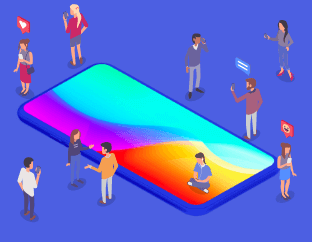
See how today’s top brands use CleverTap to drive long-term growth and retention
Subharun Mukherjee 
Heads Cross-Functional Marketing.Expert in SaaS Product Marketing, CX & GTM strategies.
Free Customer Engagement Guides
Join our newsletter for actionable tips and proven strategies to grow your business and engage your customers.

